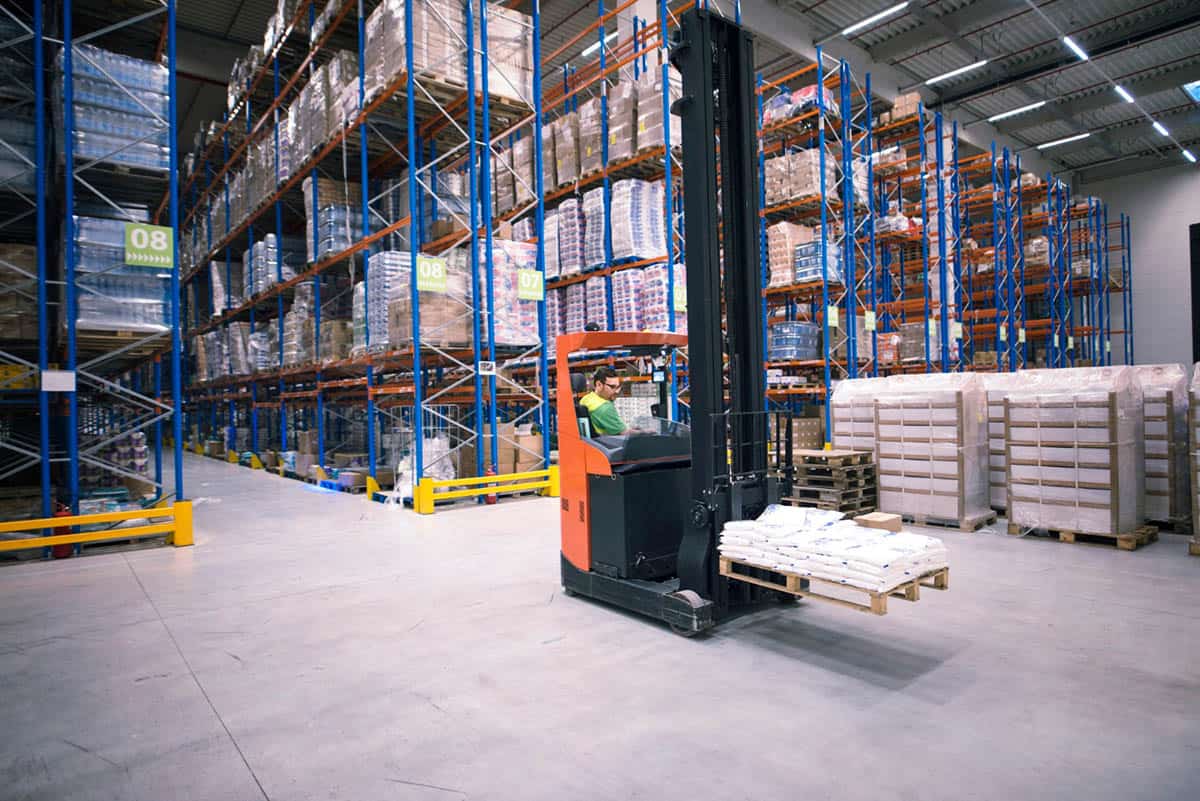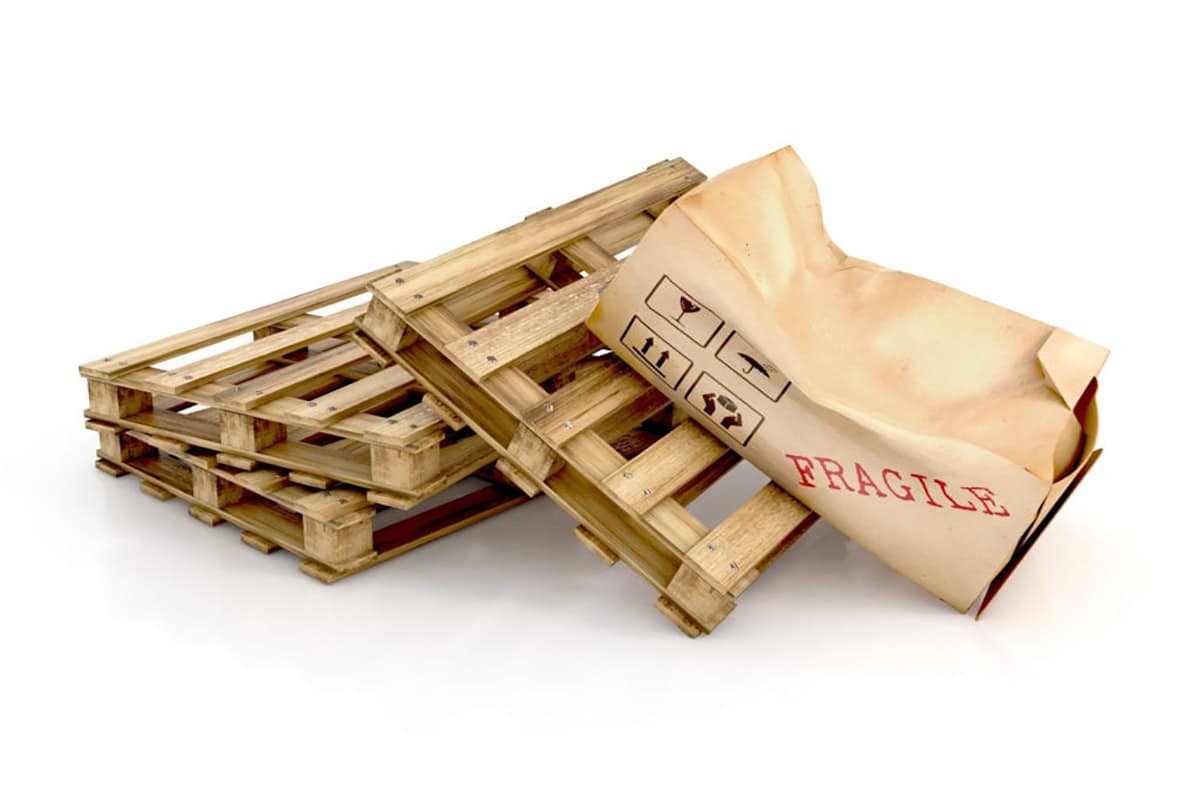
Одні з найпоширеніших запитань, що надходять від наших клієнтів, стосуються правових аспектів ввезення дитячих іграшок у США: як підготувати товари належним чином, якими є правила ввезення, як оформляється сертифікат тощо. Важливо розуміти, що імпорт цієї категорії товарів у США суворо регламентується і вимагає дотримання цілої низки вимог безпеки. Зокрема, необхідна наявність сертифіката Children's Product Certificate (CPC).

Правильна класифікація складів дозволяє компаніям оптимізувати свої логістичні операції та забезпечити безперебійне постачання товарів споживачам. У цій статті ми розглянемо різні види складів, що використовуються в логістиці, а також їхню класифікацію та послуги, які надають сучасні складські комплекси.

У сучасному світі, де технології розвиваються стрімкими темпами, дрони стали невід'ємною частиною багатьох галузей. Чи то аерофотозйомка, чи то моніторинг територій, чи то доставка вантажів, ці безпілотні літальні апарати значно спрощують і прискорюють виконання різноманітних завдань. Однак через обмеження у виробництві та високий попит на дрони в Україні, багато хто змушений шукати альтернативні шляхи їх придбання. Одним із найдоступніших і найвигідніших варіантів є доставка дронів із Китаю.

Для багатьох підприємців і компаній імпорт товарів з Китаю є чудовою можливістю заощадити і збільшити прибутковість свого бізнесу. Однак вартість доставки вантажів з Китаю може становити значну частину загальних витрат, що знижує маржинальність. У цій статті ми розглянемо, як грамотно підійти до вибору товарів і логістичних послуг, щоб максимально заощадити на послузі доставка вантажів з Китаю в Україну.

Карго-доставка, або перевезення вантажів без оформлення необхідних документів при перетині кордону, стала популярним способом імпорту товарів із Китаю для багатьох підприємців. Цей метод пропонує низку переваг, включно зі зниженою вартістю та спрощеним процесом, але також має певні ризики та недоліки, які необхідно враховувати.

В умовах глобалізації та зростання попиту на імпортні товари, доставка вантажів з Китаю в Україну стає все більш актуальною для багатьох компаній та підприємців. Серед доступних варіантів перевезення збірних вантажів морська доставка відрізняється своєю економічністю та надійністю. Однак для успішної організації морської доставки збірних вантажів з Китаю необхідно враховувати низку важливих факторів та нюансів. У цій статті ми розглянемо процес доставки збірних вантажів морем, способи оптимізації витрат та ключові моменти, на які слід звернути увагу при виборі перевізника.

У сфері міжнародних вантажних перевезень фрахт грає найважливішу роль, визначаючи вартість транспортування товарів між країнами та континентами. Цей термін використовується як у морських, так і в повітряних перевезеннях і є платою за оренду транспортного засобу або частини його вантажного простору. Розуміння сутності фрахту та факторів, що впливають на його розрахунок, є вкрай важливим для компаній, що беруть участь у глобальних ланцюжках поставок.

У сучасному світі глобальних ланцюгів поставок та зростаючої торгівлі між країнами, ефективне управління логістикою стало одним із ключових факторів успіху для компаній, що займаються міжнародними перевезеннями. Цей підхід, який широко застосовується в індустрії вантажоперевезень, дозволяє консолідувати розрізнені вантажопотоки, створюючи економію за рахунок масштабу та забезпечуючи раціональніше використання транспортних засобів.

Завдяки глобалізації та розвитку електронної комерції, покупки в Китаї стають дедалі доступнішими для споживачів у всьому світі. Однак процес організації спільних закупівель може бути складним і потребує ретельного планування та координації. У цій статті ми розглянемо всі аспекти організації спільних закупівель у Китаї від пошуку постачальників до доставки товарів покупцям.

В епоху глобалізації та розвитку електронної комерції все більше підприємців та приватних осіб звертають увагу на китайські онлайн-майданчики для оптових закупівель товарів. Однією з найпопулярніших і найвідоміших платформ є 1688 – гігантський торговий центр. Тут можна знайти практично будь-які товари, починаючи від одягу й закінчуючи електронікою, товарами для дому та іншим, причому безпосередньо від виробників та оптових постачальників з Китаю.

На жаль, пошкодження товару під час доставки з Китаю в Україну — не рідкість. Це може статися з будь-яким вантажем, незалежно від його габаритів, ваги чи цінності.

Знання китайської мови стає все більш цінним активом для підприємців. Це повʼязано з тим, що Китай стрімко перетворюється на одну з найпотужніших економічних сил світу. Його вплив на глобальний бізнес та торгівлю зростає з кожним днем.

Уявіть, що ваш бізнес потребує закупівель матеріалів з-за кордону для розширення асортименту. Ви стикаєтеся з викликами: складні митні процедури, ризик затримок, високі логістичні витрати. Ці проблеми можуть здатися непереборними, але існує рішення — послуга імпортера від DiFFreight. Що це таке і як працює? На ці та інші питання ви знайдете відповіді у нашій статті.

Як криза в Червоному морі та блокування Суецького каналу впливають на вантажні перевезення? Яким чином деякі логістичні компанії стали спонсорами війни в Україні? На ці та інші питання ви знайдете відповіді у нашій статті.

Для успішного ведення бізнесу важливо розуміти не лише ділову культуру Китаю, але й особливості звичаїв країни. Одним із китайських традиційних свят є Цінмін, або День поминання померлих, який відзначається на початку квітня.

Мрієте про вихід на китайський ринок? Шукаєте нових партнерів та клієнтів для бізнесу? Тоді Кантонський ярмарок — це те, що вам потрібно. Це одна з найважливіших торгових платформ у світі, яка збирає тисячі учасників з різних країн. У статті детально розкажемо, як зареєструватись на Кантонську виставку.

Amazon — це найбільший онлайн-маркетплейс у світі, який пропонує безліч можливостей для підприємців. Продаж на платформі — гарний спосіб розпочати або розширити свій бізнес. Тут знаходяться мільйони активних покупців з усього світу. У статті розглянемо 5 категорій товарів з Амазон, які точно зацікавлять покупців платформи.

Електронна комерція стрімко розвивається, а маркетплейси стають одним з найефективніших каналів продажу для будь-якого бізнесу. Для підприємців важливо розуміти, як їх правильно використовувати. Яка роль маркетплейсів в електронній комерції? Як обрати платформу? На ці та інші питання ви знайдете відповіді у статті.
